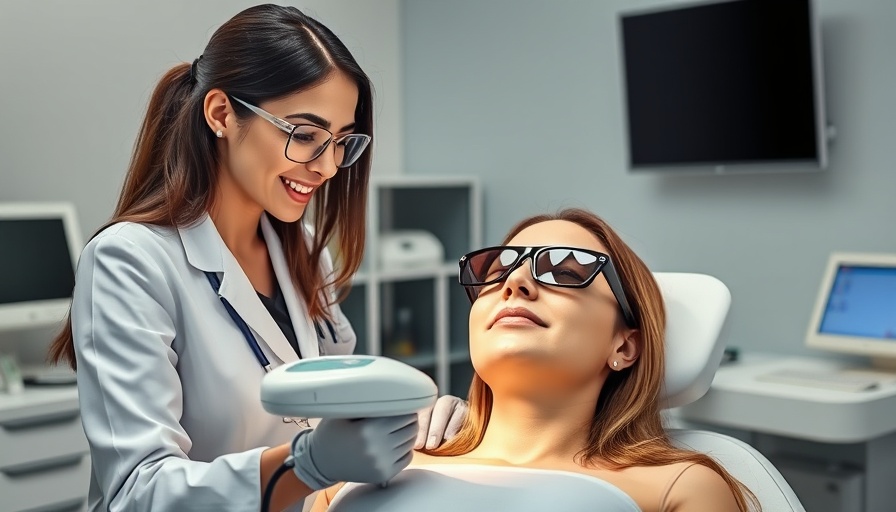
The Future of Energy-Based Devices in Dermatology
As the landscape of dermatology continues to evolve, energy-based devices (EBDs) are becoming indispensable tools in aesthetic practice. At the recent 2025 American Academy of Dermatology Annual Meeting, leading experts discussed the latest advancements and applications of EBDs. These developments are not only enhancing patient outcomes but also reshaping how dermatologists approach treatments for a variety of skin conditions.
Trends Influenced by Weight Loss Medications
Dr. Suzanne L. Kilmer, in her insightful lecture, projected a growing reliance on EBDs for addressing the effects of rapid weight loss, particularly among patients using GLP-1 medications. As weight loss becomes more mainstream and effective, practitioners need to anticipate skin laxity, often resulting in saggy skin. Strategies for countering these effects include combining skin tightening treatments with muscle stimulation therapies and advocating for a high-protein diet.
Revolutionary New Laser Treatments
One of the most significant highlights from the conference is the introduction of the 2910nm Erbium laser, known for its mild approach to scar treatment. This device offers minimal pain, reduced downtime, and fewer required sessions across all skin types, making it a game-changer for both patients and practitioners.
Moreover, the innovative 1726nm laser addresses common issues such as acne and other sebaceous gland disorders. However, panels indicated the need for better parameters that optimize this technology's use for conditions like rosacea and rhinophyma, demonstrating there is more work to be done to fully harness its potential.
Understanding Multifocal Fractional Lasers
The multifocal fractional lasers also received attention for their effectiveness in skin treatments, offering lower pain levels and comparable results. These advances are evidence that dermatology is moving toward less invasive procedures without compromising efficacy, a significant boon for many patients.
Steering Towards Comprehensive Patient Care
The overarching purpose of the presentations was to enlighten attending practitioners about defining new techniques in dermatologic treatments and evaluating EBD technology's roles in addressing common dermatological conditions including non-melanoma skin cancers, vascular birthmarks, and photodamage. This broadens the horizons for how dermatologists can lead in patient care through innovative technology.
Looking Ahead: Research Needs and Patient Safety Concerns
The need for further research emerged as a central theme of the discussions, highlighting gaps where additional data is needed to optimize treatment strategies. Moreover, the American Society for Dermatologic Surgery (ASDSA) recently raised alarms regarding patient safety, specifically the importance of physician oversight in medical spas where these devices are often utilized.
With the escalation of EBD treatments, it is paramount for dermatologists to ensure comprehensive training and maintain high standards in practice to safeguard patient welfare.
Conclusion: Embracing the Future of Dermatology
As energy-based devices continue to evolve, their role in dermatologic therapies will increasingly become integral to patient care strategies. Dermatologists must stay abreast of emerging technologies and methodologies to achieve optimal results for their patients. The insights gained from AAD 2025 underscore a commitment to innovation and the necessity of continual education in this fast-paced field.
 Add Row
Add Row  Add
Add 






Write A Comment